1. Crystal Candy Dishes
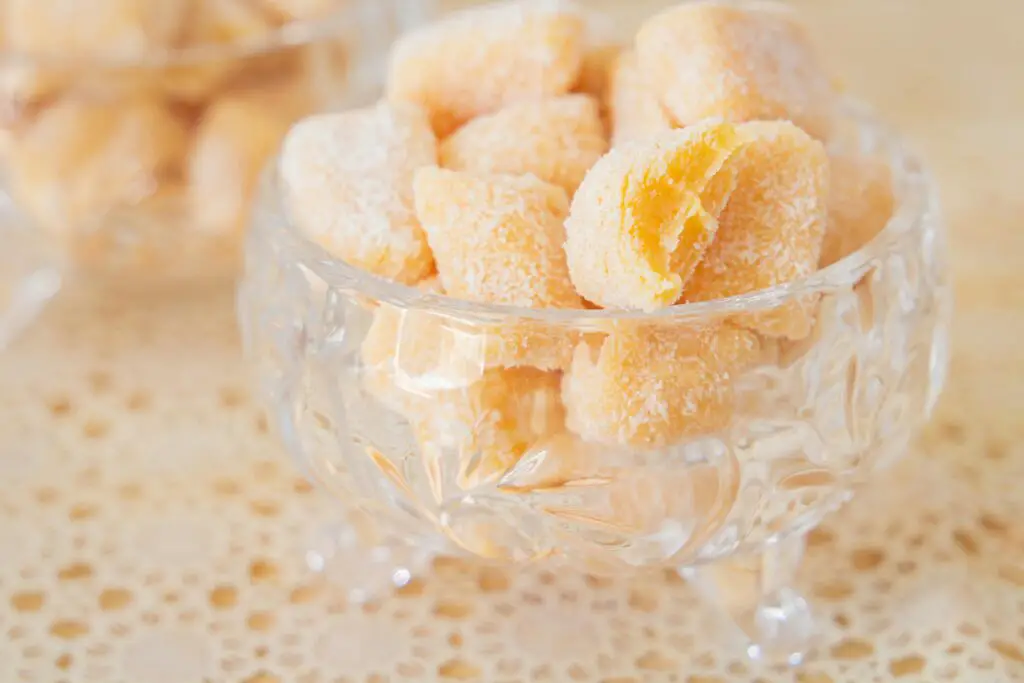
There was something about a crystal candy dish that screamed elegance, even if it was just filled with butterscotch or those strawberry-wrapped hard candies. You’d find them on coffee tables or credenzas, catching the light just so, and if someone had one, it meant they cared about the look of their home just as much as the snacks inside it says BuzzFeed.
Owning one suggested you had an eye for the finer things—even if it came from the local department store clearance aisle. It wasn’t about the cost, it was about the shimmer and the way guests would notice it and think, “Well, this place is fancy.” Bonus points if it had a matching lid. And if you never dared to actually eat the candy, even better. That meant the dish was purely decorative, which somehow made it even more impressive adds the Artarium.
2. A Grandfather Clock

A ticking grandfather clock was like the heartbeat of a house that took itself seriously. It stood tall in the corner, always looming a little, as if it knew things about your family you hadn’t told anyone shares MSN.
If your home had one, it meant you weren’t just thinking about style—you were thinking about legacy. It probably chimed every hour, maybe even with little bells that danced, and that sound became part of the home’s rhythm. It was old-fashioned in the best way, like something passed down even if it was picked up from a furniture showroom last year. People who had them were often the ones who liked polished wood, fine china, and seasonal wreaths. It was a quiet flex, but a flex all the same shares Daniel House Club.
3. Matching Bathroom Towels
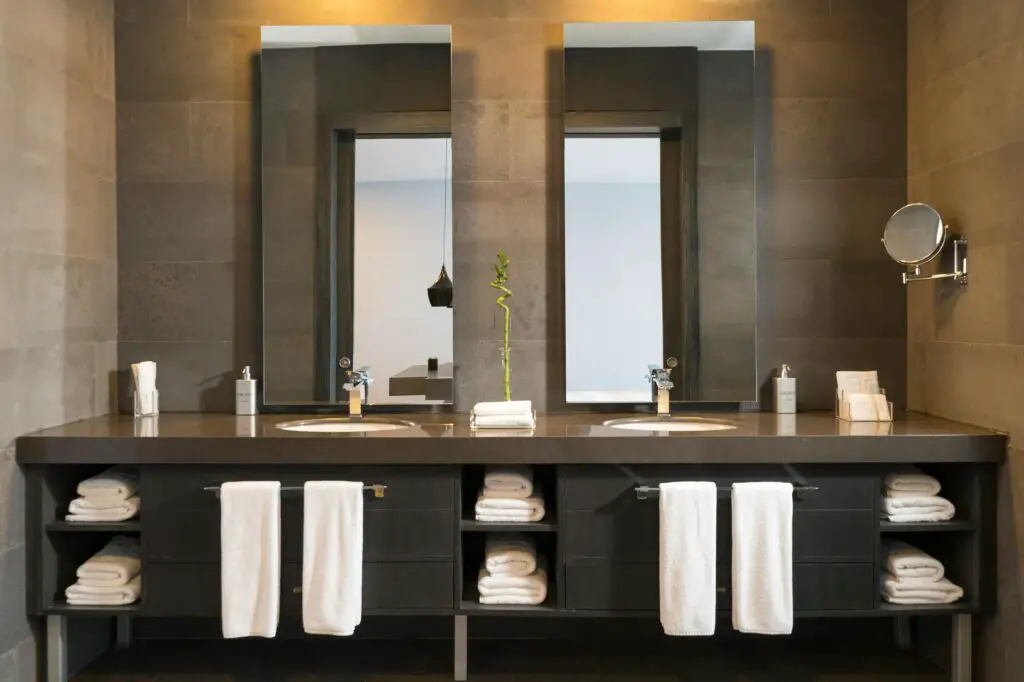
This was one of those subtle signs that told guests, “Yes, I’ve got it together.” If your hand towels matched the bath towels and the washcloths too, you were practically a domestic deity.
Bonus points if there were guest towels that weren’t to be touched, only admired. It meant you’d gone out of your way to think about how your bathroom looked to others, and that wasn’t something everyone did. Coordinated towel colors suggested taste, planning, and probably a love of home magazines. Even better if there was a little towel ring and not just a hook. Those small things made a big impression.
4. A China Cabinet
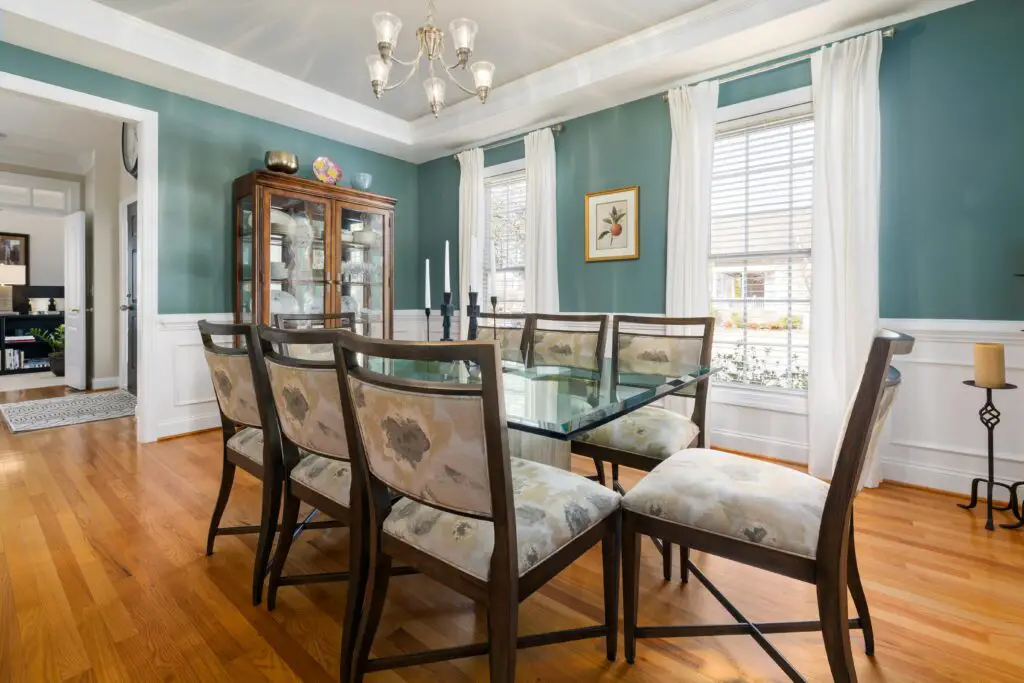
If you had a china cabinet, especially one with glass doors and lights inside, you were making a very clear statement: “I appreciate the finer things.” Whether the plates ever came out for dinner or not was beside the point—they were on display for a reason.
And if the dishes inside had gold rims or delicate florals, that was just the cherry on top. Owning a china cabinet meant you thought of your dining room as a place to host, not just eat. You probably also had cloth napkins somewhere and maybe even a fondness for place settings. It wasn’t about being fancy all the time, just about having the option to be fancy. That counted for a lot.
5. Framed Art Prints (That Weren’t Posters)

There was a big difference between taping up a poster and actually framing a print—and anyone with “good taste” knew it. If your walls had framed art, especially landscapes or still lifes, it gave off a certain sophistication that posters just couldn’t match.
Even if the art was from a home goods store, the frame elevated it. And if you had multiple pieces that went together somehow? That was basically a curated gallery wall. People who did that usually had a color palette and cared about ambiance. It was all about making a house feel intentional, not accidental. The art didn’t have to be expensive—it just had to be chosen thoughtfully.
6. A Decorative Soap Dish

You know the kind—not the plastic one from the drugstore, but the ceramic one with little painted flowers or maybe even a matching toothbrush holder. Having one of those meant you weren’t just throwing together a bathroom—you were designing it.
These kinds of touches showed you cared about aesthetics in even the smallest places. And let’s be honest, they were usually too pretty to ever actually be used for soap. Half the time they held a decorative bar no one dared to touch, just for looks. If you had one, you probably also had a tissue box cover. It was all about that extra step—doing more than necessary just because it looked nice.
7. A Leather Recliner
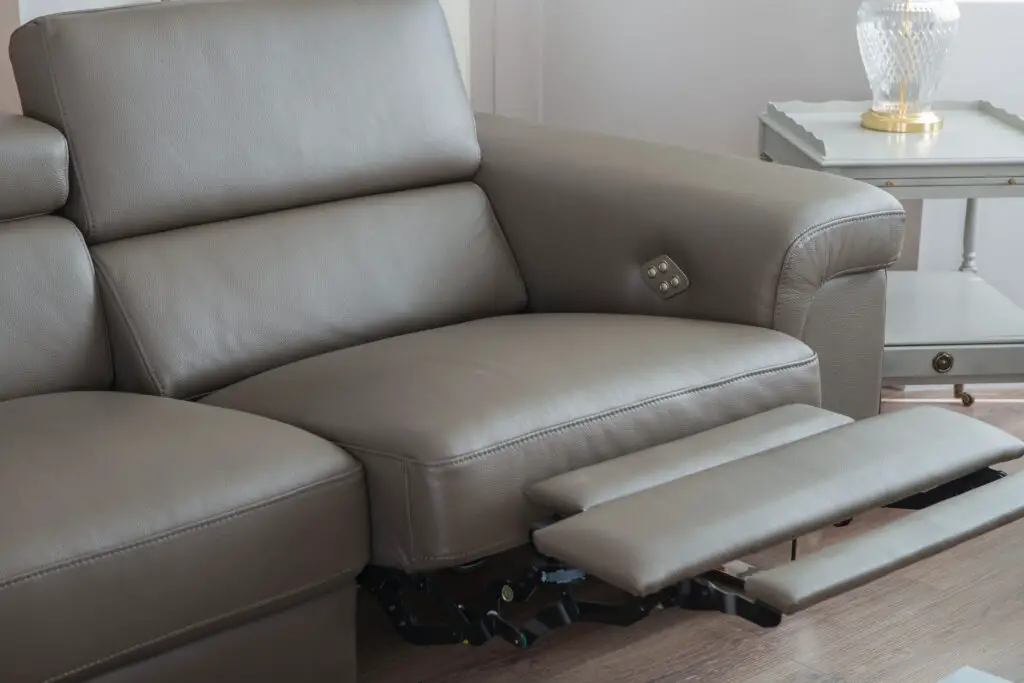
Now this was a status symbol, especially in the den or the “TV room.” A leather recliner said, “I work hard and I like to relax in style.” The shine, the stitching, even the smell—it all suggested comfort with a touch of luxury.
Recliners weren’t cheap, and leather ones especially had that polished look that made people say “nice chair.” It was the kind of thing dads were fiercely protective over, but everyone in the house respected its place. If it had a built-in cupholder or a remote pocket? That was just showing off. It wasn’t just furniture—it was a throne.
8. A Wall-Mounted Telephone
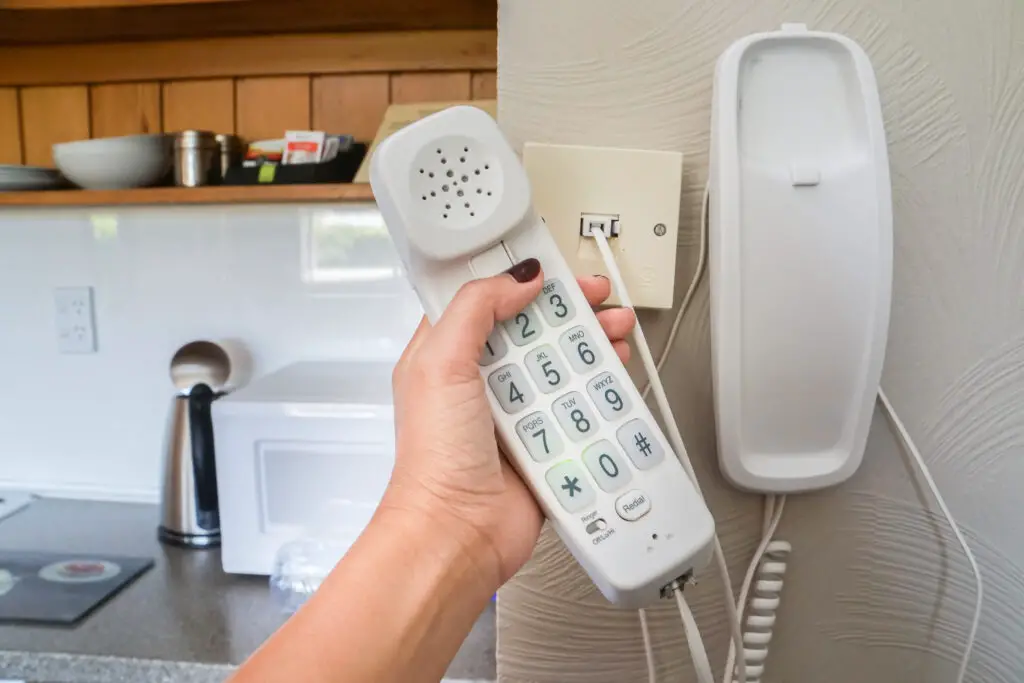
Having a wall phone in the kitchen with a long cord used to be a sign you were ahead of the curve, especially if it came in a stylish color like avocado green or harvest gold. It meant your home was wired and practical, but still looked good doing it.
The phone often had a little nook, maybe even with a matching notepad and pen. People would lean against the counter, twisting the cord, chatting about their day—it gave the whole kitchen a lively, lived-in vibe. And if you had one of those rotary versions? Even more chic. It was all about form and function back then.
9. Brass Fixtures
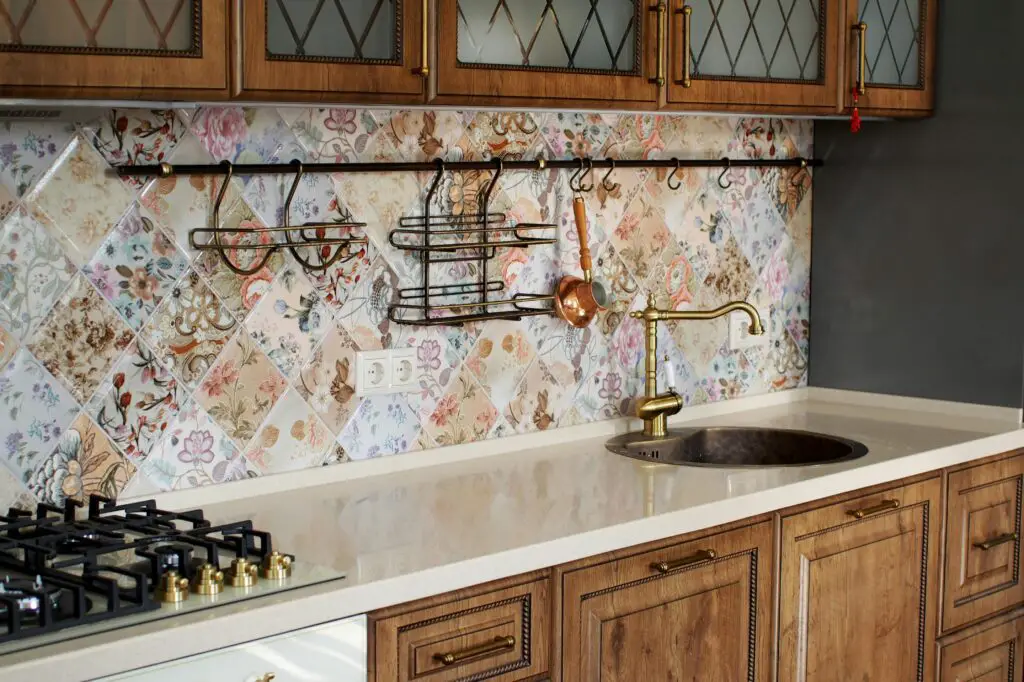
Nothing said “I care about details” quite like shiny brass fixtures. Whether it was the doorknobs, light switch plates, or cabinet pulls, having that golden gleam around the house added a certain polish.
Brass wasn’t just about color—it was about intention. It showed someone took the time to think about the finish of things, not just the basics. And when the light hit just right, it made everything feel a bit more upscale. If someone had them, chances were they also had thoughts about tile grout and window treatments. It all worked together to signal, “I know what I’m doing here.”
10. A Decorative Room Divider

These were half art piece, half furniture, and they always made a space feel a little more cosmopolitan. A folding screen with ornate carvings or silk panels suggested that someone had a flair for interior drama—in a good way.
They were often used more for looks than for actual privacy. Placed just right, they added height, texture, and a little bit of mystery to the room. People who had them usually had some sort of “reading nook” or a chair no one was allowed to sit in. And more often than not, they’d say things like, “I just love layering textures.” It was a statement piece that said a lot.
11. A Curio Cabinet
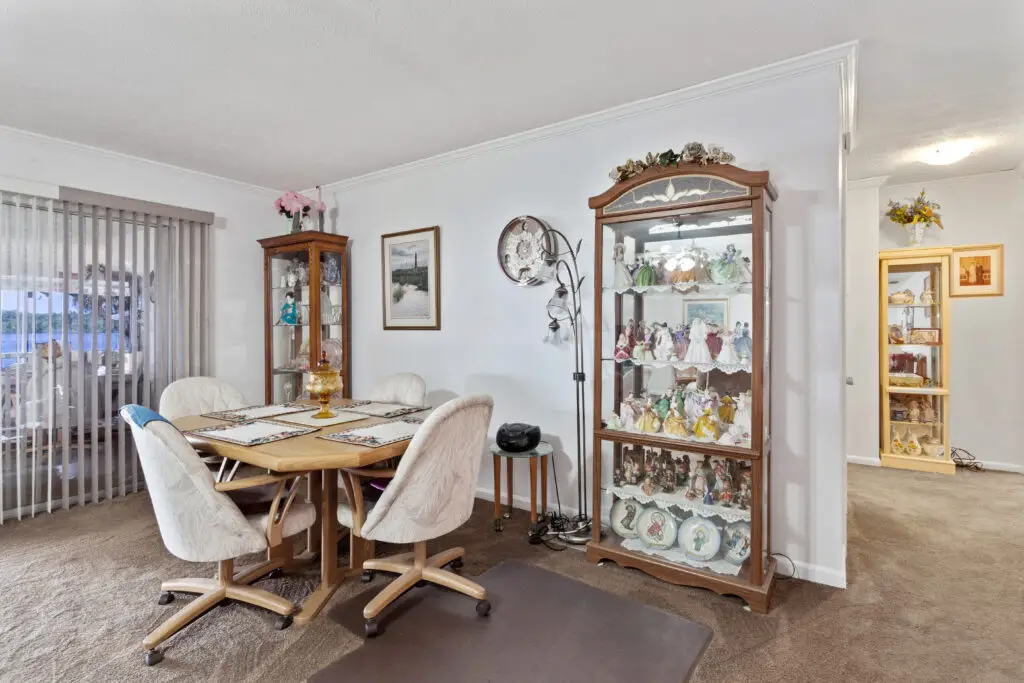
Similar to a china cabinet, but usually filled with tiny, delicate things—miniature teacups, glass animals, or little porcelain figurines. If you had a curio cabinet, it meant you were a collector of moments, not just objects.
Each shelf told a story, and the lighting inside gave everything a glow of importance. These weren’t toys or trinkets—they were treasures. It took care to arrange them, to dust them, and to keep curious hands away. People who had them usually had pride in their home and in their stories. And they always had something to show you when you visited.
12. A Serving Cart
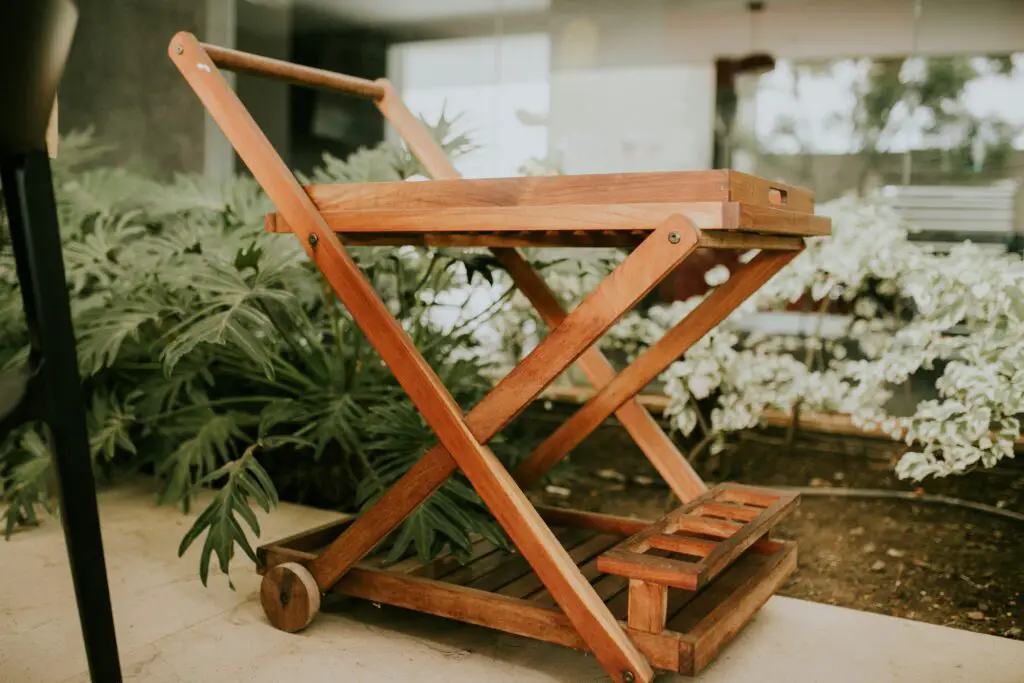
Rolling in with a serving cart was the height of midcentury charm. Whether it held crystal glasses and whiskey or just some vintage coasters and a fake fern, it looked sophisticated either way.
The idea of having a station for entertaining felt elegant. It wasn’t just about drinking—it was about hosting with style. Gold-rimmed wheels, a mirrored surface, or maybe a decanter on top? That was next-level. Even if it never got wheeled anywhere, just owning one made you look a little more put-together.
